National Insect Week celebrates UK's insects
- Published
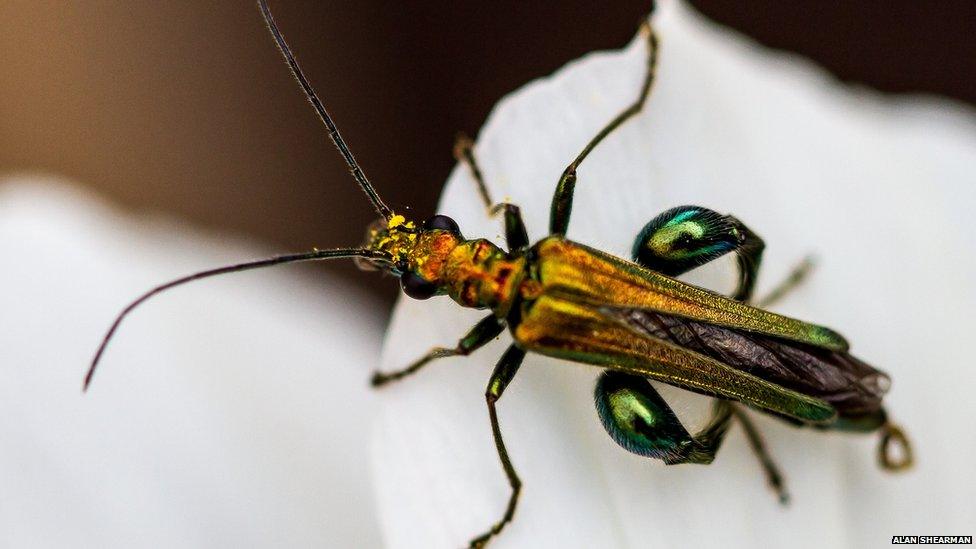
National Insect Week aims to celebrate and protect the UK's mighty minibeasts. One to look out for in summertime is the flower beetle.
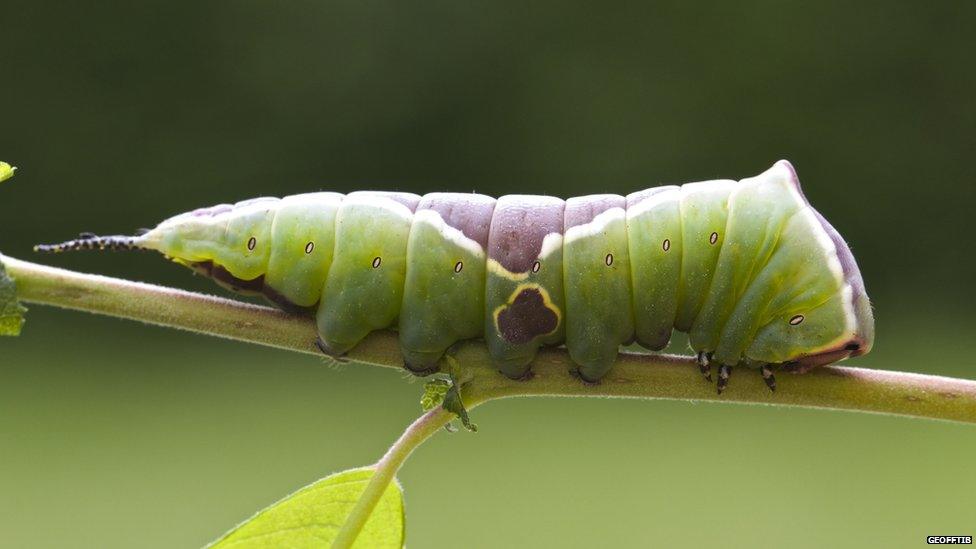
The UK is home to around 24,000 species of insects. This is a puss moth caterpillar.
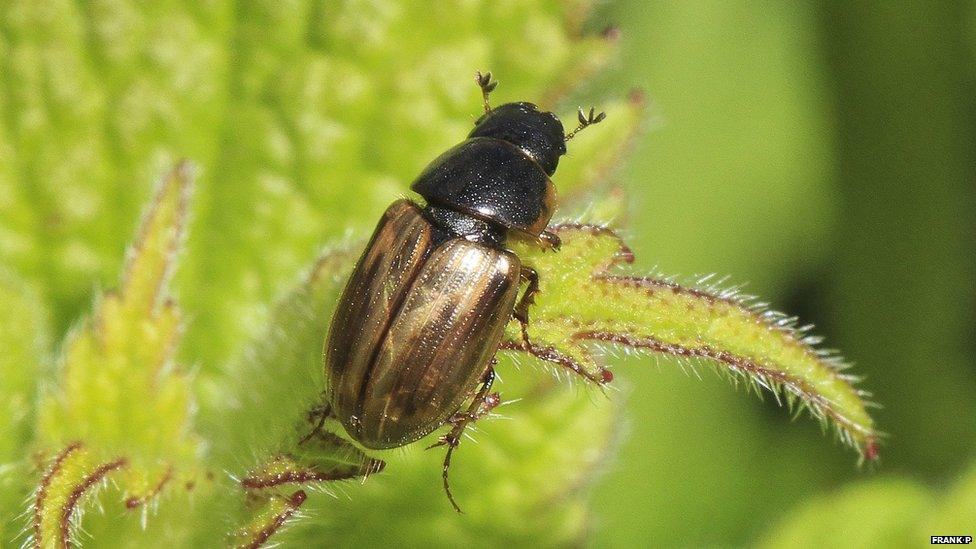
Insects like dung beetles do more than you might think. Scientists say if it wasn't for them, an area double the size of London would be covered in cow poo each year.

The stag beetle is the largest of beetles and has protected status due to its decline. Males grow up to 9cm in length and have huge antlers, whilst females reach around 6cm.

According to scientists, two thirds of moths are at risk of declining, although white plume moths like this one are a fairly common sight in Britain.
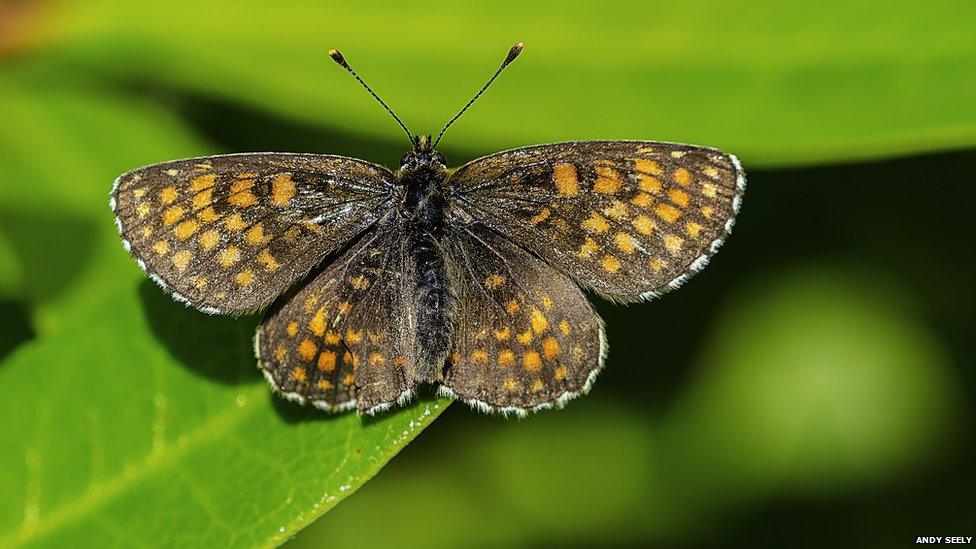
Butterflies are also in decline. But species such as the heath fritillary faced extinction in the UK in the 1970s but later bounced back in southern parts of England. It's still one of the country's rarest butterflies.
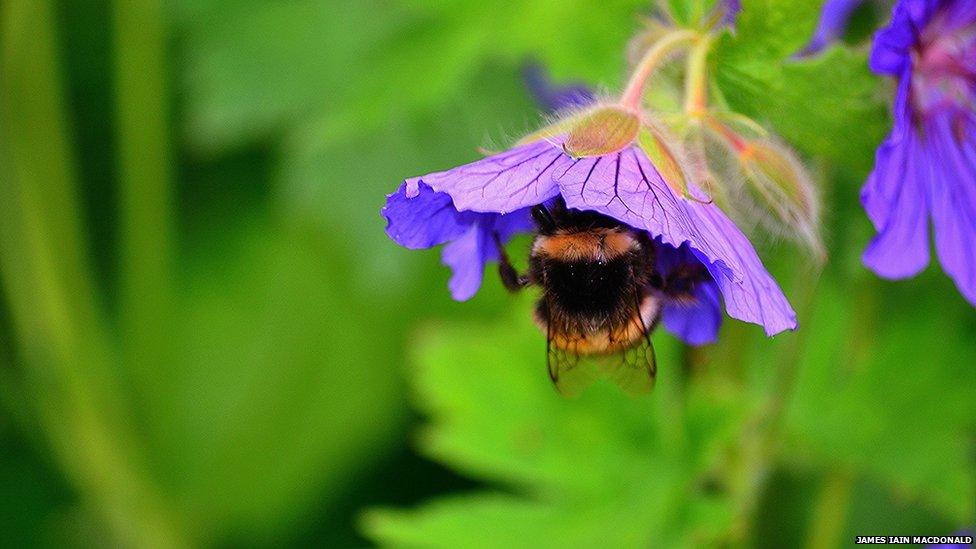
Some of the factors in the decline of insect species are thought to be intensification of farming, overuse of pesticides and changes in climate. Bumblebees are important pollinators but many are in decline.
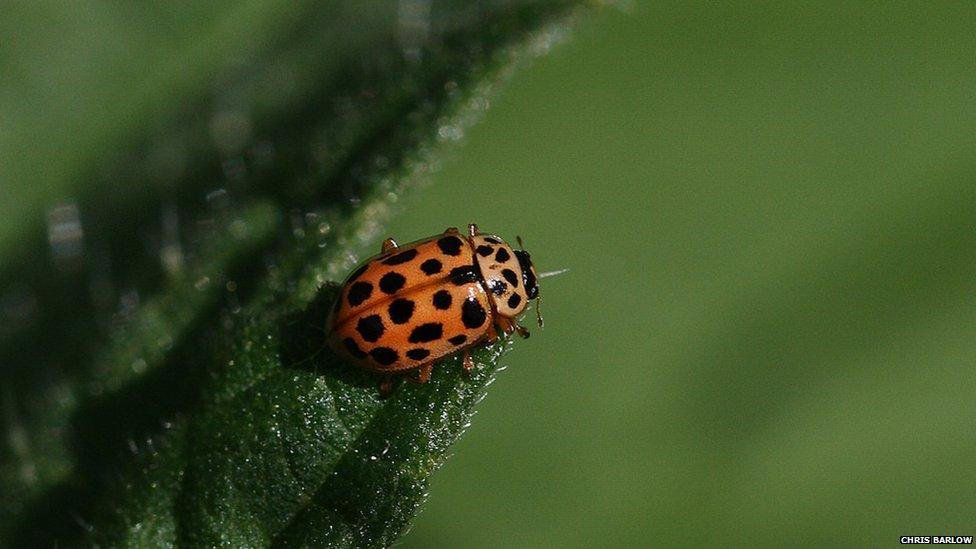
Organisers of National Insect Week want to encourage people to learn more about insects and even to potentially discover new species.
